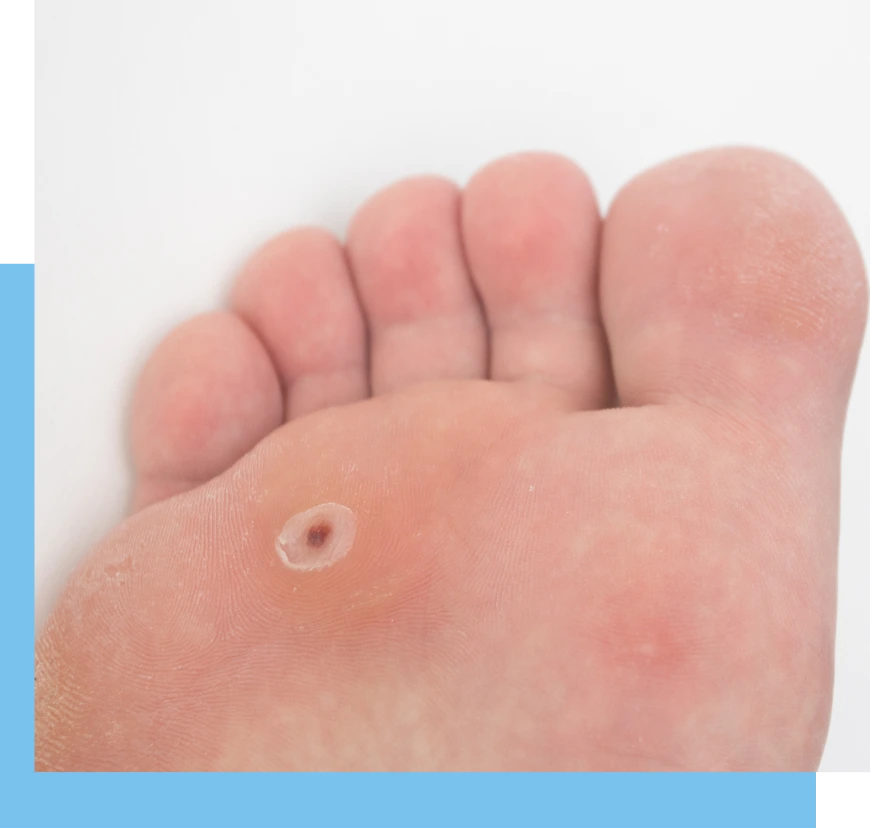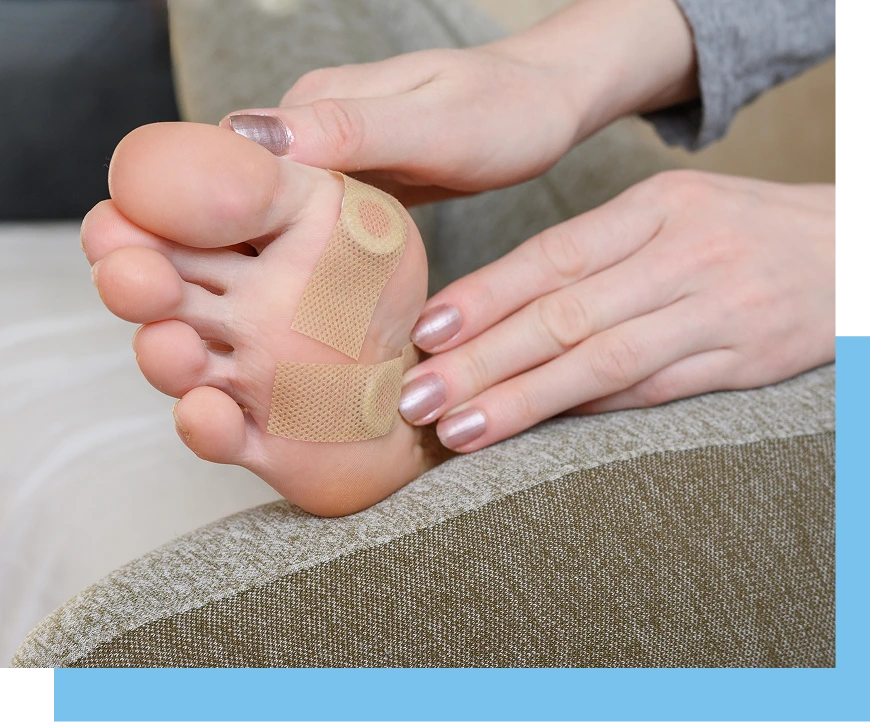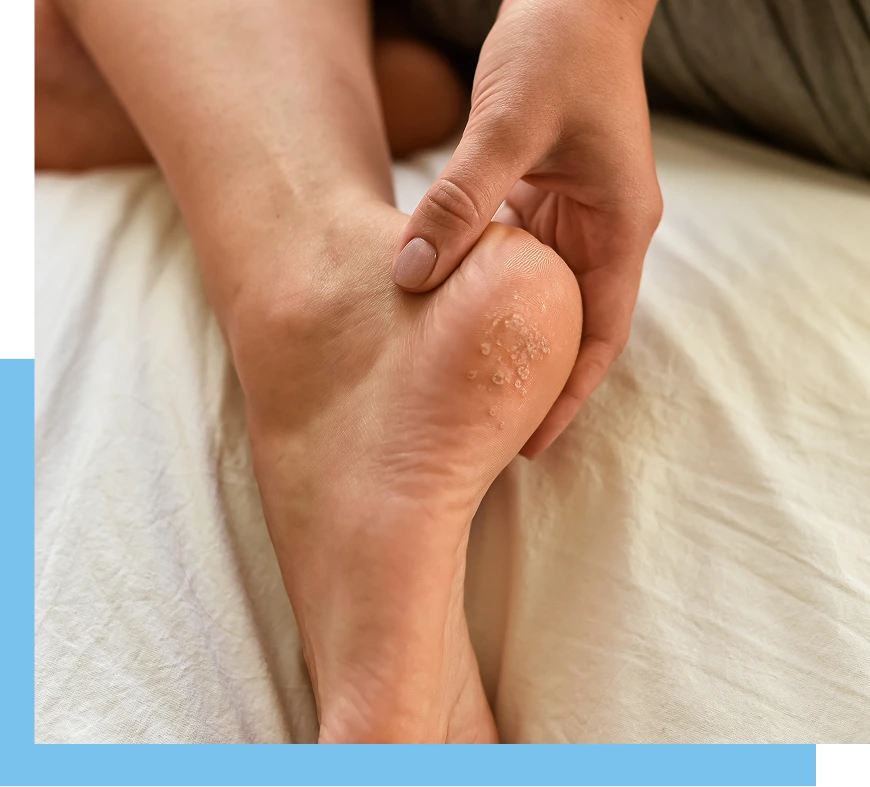Plantar warts can make everyday activities like walking or standing painful and uncomfortable, especially when they develop on weight-bearing areas of the feet. These stubborn growths, caused by the human papillomavirus (HPV), can spread easily and often resist over-the-counter treatments. Many people seek professional care to relieve discomfort, restore normal movement, and prevent the warts from returning or spreading to other parts of the foot. At Miami Feet, advanced plantar wart treatments are designed to safely remove the wart, target the underlying virus, and help patients get back to living and moving without pain.




People who develop warts on the soles of their feet and find them bothersome or uncomfortable are good candidates for plantar wart treatment. Individuals may seek treatment when over-the-counter options have failed or when warts begin to interfere with their daily activities. Some individuals may develop flat warts, which appear as circular, flat spots on weight-bearing areas, while others may experience pain that makes walking or standing difficult.
The cost of plantar wart treatment in Bal Harbour, Bay Harbor Islands, and Miami, FL typically ranges from $150 to $500, depending on the size, number, and depth of the warts as well as the treatment method selected. Non-invasive options, such as salicylic acid or cryotherapy, are generally more affordable, while advanced procedures, like laser therapy or the Swift protocol, may be higher in price due to their precision and effectiveness. During your consultation, Dr. Curson will provide a clear estimate based on your specific condition and treatment goals.

Our second-generation podiatrist, Dr. Curson, provides skilled and compassionate care for patients with foot conditions, including plantar warts. These growths can cause discomfort and frustration, especially when they spread or form clusters. Often recognized by their tiny black dots and rough surface, these pesky warts can make walking or standing painful if not properly treated. With advanced diagnostic tools and proven techniques, Dr. Curson tailors each treatment plan to help patients safely eliminate warts, restore comfort, and regain confidence at every step.
